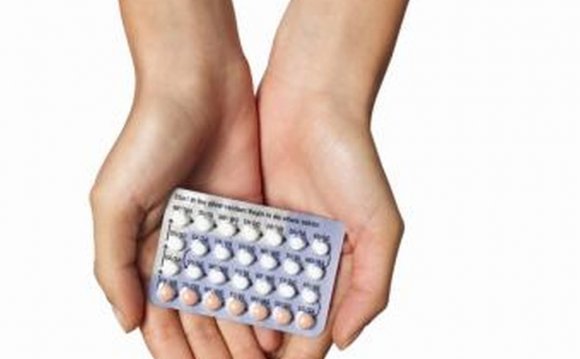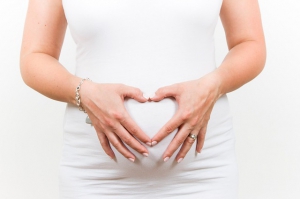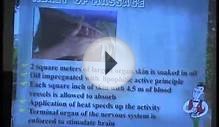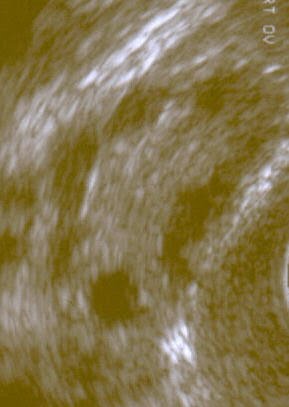
 PCOS can be cured by ayurvedic treatments.
PCOS can be cured by ayurvedic treatments.
PCOS or polycystic ovarian syndrome is not a single disease but is a group of disorders characterised by one or more of the following:
PCOS is the most common endocrine defect in pre-menopausal women.
PCOS Aetiology
The aetiology of polycystic ovarian syndrome is unknown. However there is increasing evidence of a genetic disposition. This is related to an inherited defect in insulin secretion and its action. Insulin resistance makes cells tired. This creates an increase in appetite and craving. Starvation of ovarian cells forces them to become swollen and they form small cysts. An elevated LH to FSH ratio leads to failure of normal ovarian follicle development and anovulation.
Ayurvedic medicine for polycystic ovarian syndrome
PCOS is usually included under gulma classification which has symptoms of bloating, constipation, reduced metabolism, abdominal distension and pain, low back pain, dysmennorhoea, delayed periods or absence of periods and sub fertility.
Causes of polycystic ovarian syndrome as per classical ayurvedic texts are unhealthy diet and lifestyle, hereditary factors, menstrual irregularities and idiopathic. PCOS is not directly mentioned as a single disease in classical ayurvedic texts but are classified as symptoms of menstrual disorders.
Variations of polycystic ovarian syndrome
Cyst in uterus or ovary and menstrual blood with clots
Increased Kapha dosha due to low metabolism obstructs the apanavayu movements (downward flow of menstrual blood, urine and faeces). Excess of kapha dosha produces fluid filled sacs and heaviness to the body. Vitiated vata reduce menstruation or causes dysmenorrhoea.
Oligomennorgoea with Dysmennorhoea
Oligomennorgoea with Dysmennorhoea happens due to vitiated pitha and vata. Here Menstruation is delayed or is scanty with pain and sometimes happens with burning sensation.
Primary or Secondary amennorhoea
The vitiated doshas or humors obstruct the apanavayu and menstrual blood channels causing primary or secondary amennorhoea. All three vitiated doshas are involved here.
PCOS treatment in Ayurveda
An important point in the PCOS Ayurvedic treatment is identifying person’s body nature and their digestive and metabolic power. Treatment principles and medicine selection can vary for an obese woman and a lean woman with polycystic ovarian syndrome.
Obese woman with insulin resistance and excess body hair
Ayurvedic PCOS treatment starts with a preparatory phase where patient’s bodily systems are prepared to accept treatment. Treatment then progresses into a full fledged cleanse and then concludes with ayurvedic medication.
Phases of treatment can be detailed as follows:
Phase I: Preparatory Phase or pre-treatment phase
Selection of Ayurvedic medicines and diet must have
Phase II: Detox procedures (Panchakarma)
Phase III: Internal medicine
Phase IV: Internal medicine – for long term sustained benefits
PCOS treatment for lean women
As per the ayurvedic dosha view for pcos treatment of lean women, vata dosha increases generally but kapha dosha increases only locally and around the pelvic area.
Phase I: Pre Treatment or preparatory phase
Phase II: Ayurvedic detox (Pancha karma)
RELATED VIDEO




 Polycystic ovary syndrome (PCOS) is one of the most common female endocrine disorders. PCOS is a complex, heterogeneous disorder of uncertain etiology, but there is strong evidence that it can to a large degree be classified as a genetic disease.
Polycystic ovary syndrome (PCOS) is one of the most common female endocrine disorders. PCOS is a complex, heterogeneous disorder of uncertain etiology, but there is strong evidence that it can to a large degree be classified as a genetic disease.







